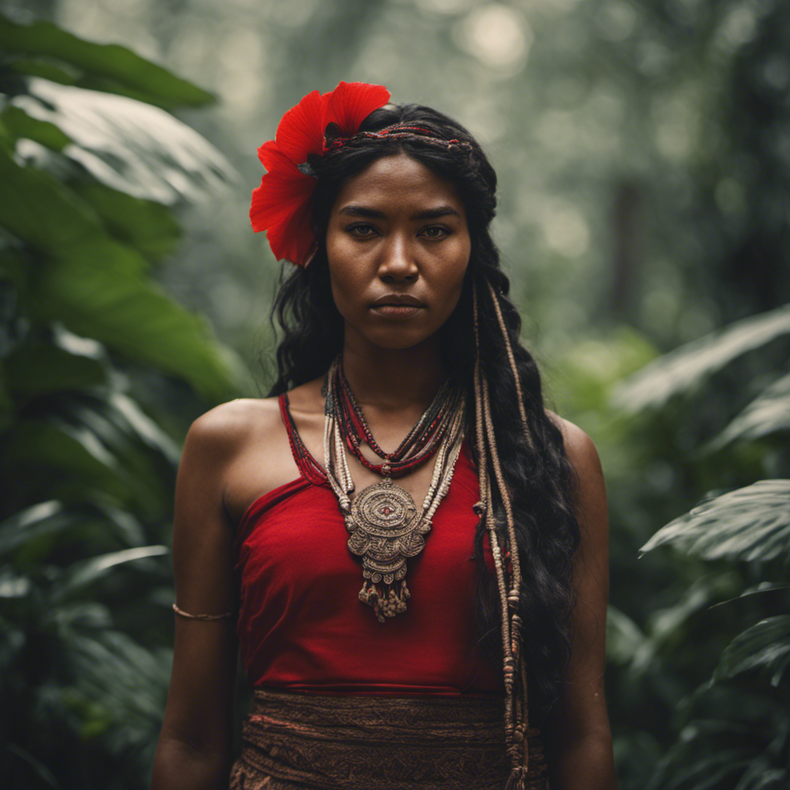As in other cultures, Puerto Rican music uniquely expresses its identity and reflects its history, diversity, and cultural resilience. Evolving over centuries, from its indigenous roots to the fusion of African, European, and Caribbean sounds, it adapted to the changing times while preserving its distinctive character.
In this blog post, I want to explore the key genres and some of the influential artists that have shaped the evolution of Puerto Rican music. Like my fellow Latinos, I realized I wanted to make this entry while blasting music to clean my house.
So, let’s start with our beloved indigenous Taíno people, who founded everything about our island, including its musical heritage. Their rhythmic chants and percussive instruments, such as maracas and guiro (as heard at the start of “Areito” by Dominican singer and songwriter Juan Luis Guerra), are the base of early Puerto Rican music. Although much of their original music was lost with the island's colonization, the Taíno influence is still alive and well and can be heard in traditional folk tunes and dances.
With the arrival of enslaved Africans during the colonial era, Puerto Rican music underwent a significant transformation. The African rhythmic patterns and call-and-response singing styles became integrated into the island's music. Bomba and Plena are two genres that emerged from this cultural fusion. Bomba, characterized by its drumming and dance, reflects the strength and resistance of the enslaved Africans. Plena combines African rhythms with Spanish lyrics and tells stories of daily life struggles and social commentary, similar to the role of Hip-Hop and Rap music in the United States.
The Spanish colonization of Puerto Rico brought European musical influences. Genres such as Danza and Seis were introduced, incorporating Spanish melodies and harmonies into Puerto Rican music. Danza, a refined and elegant dance form, gained popularity among the upper classes (AHEM Bougie!). With its guitar-driven rhythms, Seis, a Puerto Rican Jíbaro dance music, became a staple of the island's rural communities.
In the 20th century, Puerto Rican musicians played a significant role in developing Salsa music. Salsa emerged as a fusion of Cuban Son, Puerto Rican rhythms, Jazz, and other Latin American styles. Artists like Rafael Cortijo, Héctor Lavoe, Willie Colón, El Gran Combo de Puerto Rico, Tito Puente, and Ismael Rivera, to name a few, brought Puerto Rican Salsa to the global stage, captivating audiences with infectious beats and soulful lyrics. Salsa became a Puerto Rican cultural identity symbol and remains immensely popular today.
In the late 1990s, Puerto Rico developed a new genre to take the world by storm with Reggaeton. Reggaeton revolutionized the music industry by blending Jamaican Dancehall, Hip-Hop, and Latin American influences. Artists such as Daddy Yankee, Don Omar, and Wisin & Yandel propelled Reggaeton to international fame, making it a global phenomenon. The genre faced initial criticism but eventually gained recognition as an essential cultural expression, as proven by artists such as Bad Bunny, now one of the most prominent figures in Latin Trap (a subgenre of Latin Hip Hop) and Reggaeton.
So, there you go, from Taino (which Christopher Columbus accounted as meaning “good” or “prudent”) to Bad Bunny -in a good way.
Full circle. Viste!

